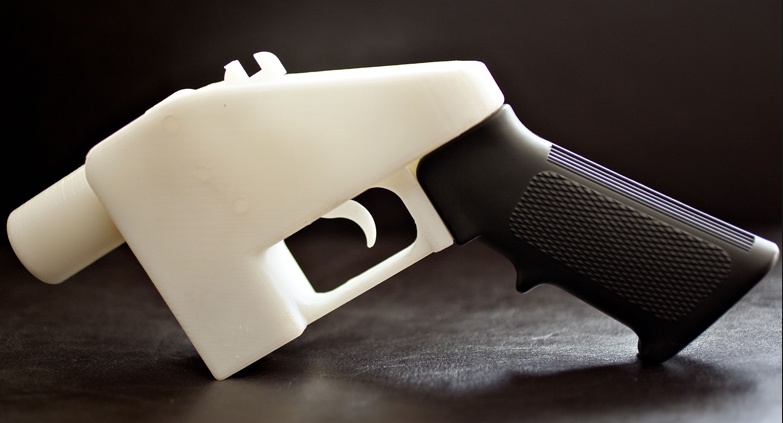By: Josh Becker (Partner) and Sarah O’Donohue (Associate)
Product manufacturers typically can be held liable for injuries caused by a defective product under several legal theories. One legal theory, referred to as strict liability, focuses on the product itself rather than the conduct of the manufacturer. If a product contains design defects, manufacturing defects, or inadequate warnings, the manufacturer may be strictly liable for any harm the product causes; this means that the degree of care the manufacturer exercised in creating the product is irrelevant. Compared to other legal theories, such as negligence, strict liability is easier for a plaintiff to prove in court because it only requires showing that the product itself was defective at the time it left the manufacturer. However, strict liability usually only applies to commercial sellers of products, not to manufacturer-consumers who occasionally sell the products they create using at-home 3D printers. As a result, a person who is injured by a product created using a 3D printer should not be able to sue the product’s creator under a theory of strict liability.
It also would be difficult for an injured person to bring a strict liability claim against the designer of a digital blueprint used to create a product on a 3D printer because the law typically defines a  “product” as (1) tangible personal property distributed commercially for use or consumption that (2) is expected to and does reach the user or consumer without substantial change. First, a digital blueprint likely would be considered purely as information used by the 3D printer to create a specific product and would therefore be considered intangible personal property. Second, a digital blueprint is substantially changed when a 3D printer creates a product according to its plan. Consequently, a judge may refuse to hold a designer of a digital blueprint strictly liable for injuries caused by the 3D printer’s end-product.
“product” as (1) tangible personal property distributed commercially for use or consumption that (2) is expected to and does reach the user or consumer without substantial change. First, a digital blueprint likely would be considered purely as information used by the 3D printer to create a specific product and would therefore be considered intangible personal property. Second, a digital blueprint is substantially changed when a 3D printer creates a product according to its plan. Consequently, a judge may refuse to hold a designer of a digital blueprint strictly liable for injuries caused by the 3D printer’s end-product.
With the creator of the product and the designer of the digital blueprint only potentially liable under the harder-to-prove negligence theory (because this theory requires consideration of the degree of care used by a defendant), when it comes to examining who in the 3D printing world most likely would be subject to strict liability it is the manufacturers of the printers who come to the forefront. A person who is harmed by a product created using a 3D printer would need to establish that at the time it left the manufacturer the printer was defective in design or manufacture or contained inadequate warnings, and that this defect was the cause of the person’s injuries. Although this potential liability could on some level be overwhelming, manufacturers of 3D printers can attempt to minimize their risk. In many regards, the potential liability for 3D printer manufacturers is not different than that of other product manufacturers. Additionally, manufacturers could incorporate software into their 3D printers that restricts the creation of firearms to address concerns about potentially dangerous uses of the technology. In addition to offering various control features, manufacturers could require their customers to agree to certain terms of purchase and/or include liability disclaimers.
Under current law, in the realm of 3D printing a strict liability claim would be most likely to succeed, if at all, against a manufacturer. Thus, as 3D printers become more accessible to consumers and injuries result from their end-products, manufacturers should be mindful of the possibility of product liability lawsuits (especially strict liability ones) and work to mitigate their exposure.
Let us know your thoughts on liability in the 3D printing world over at 3DPB.com in the Product Liability Implications in 3D Printing forum thread.
Subscribe to Our Email Newsletter
Stay up-to-date on all the latest news from the 3D printing industry and receive information and offers from third party vendors.
Print Services
Upload your 3D Models and get them printed quickly and efficiently.
You May Also Like
Making Space: Stratasys Global Director of Aerospace & Defense Conrad Smith Discusses the Space Supply Chain Council
Of all the many verticals that have been significant additive manufacturing (AM) adopters, few have been more deeply influenced by the incorporation of AM into their workflows than the space...
EOS in India: AM’s Rising Star
EOS is doubling down on India. With a growing base of aerospace startups, new government policies, and a massive engineering workforce, India is quickly becoming one of the most important...
PostProcess CEO on Why the “Dirty Little Secret” of 3D Printing Can’t Be Ignored Anymore
If you’ve ever peeked behind the scenes of a 3D printing lab, you might have caught a glimpse of the post-processing room; maybe it’s messy, maybe hidden behind a mysterious...
Stratasys & Automation Intelligence Open North American Tooling Center in Flint
Stratasys has opened the North American Stratasys Tooling Center (NASTC) in Flint, Michigan, together with automation integrator and software firm Automation Intelligence. Stratasys wants the new center to help reduce...





































